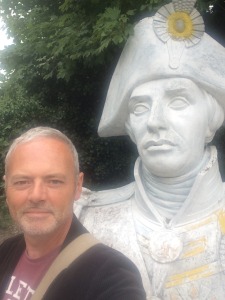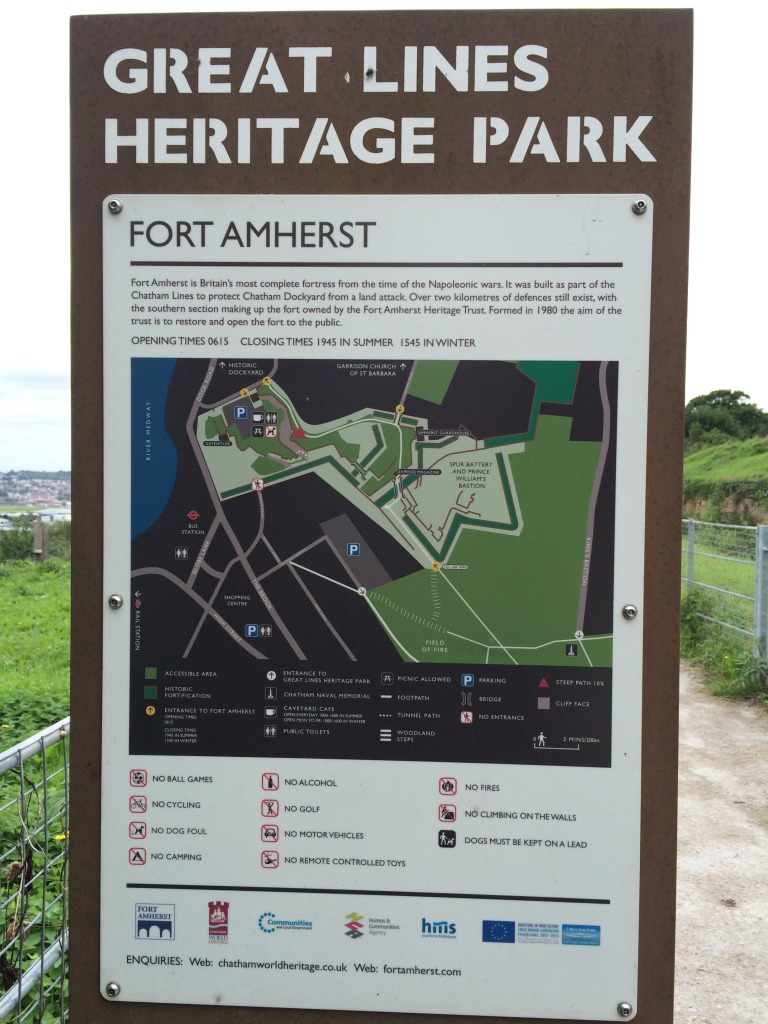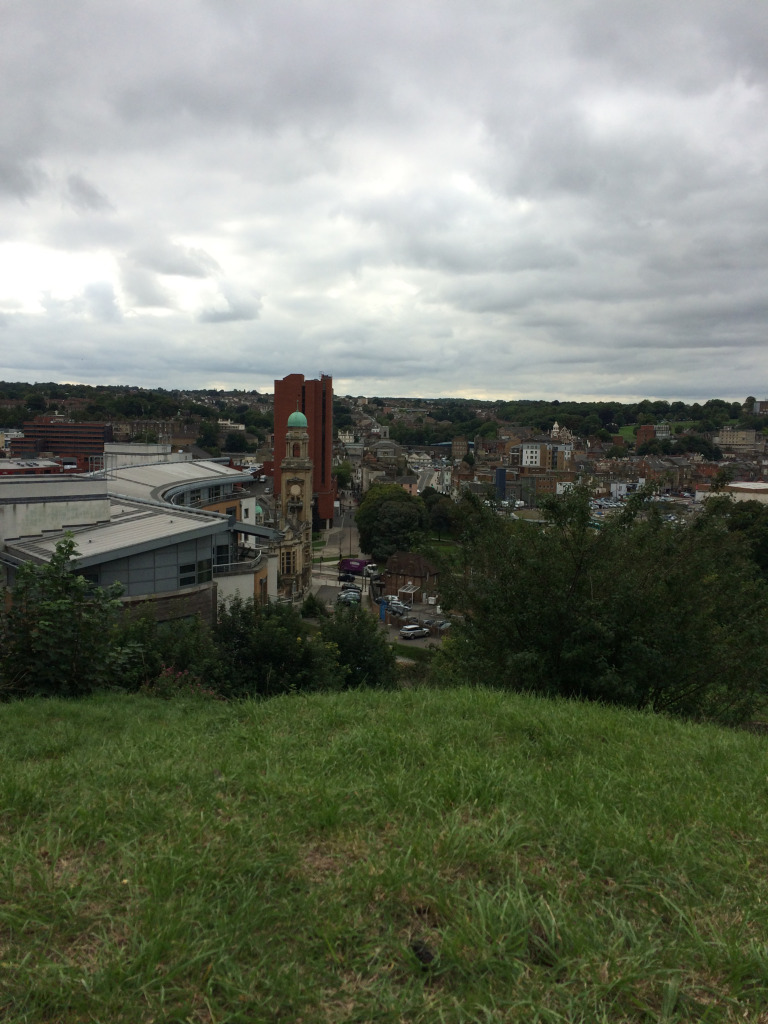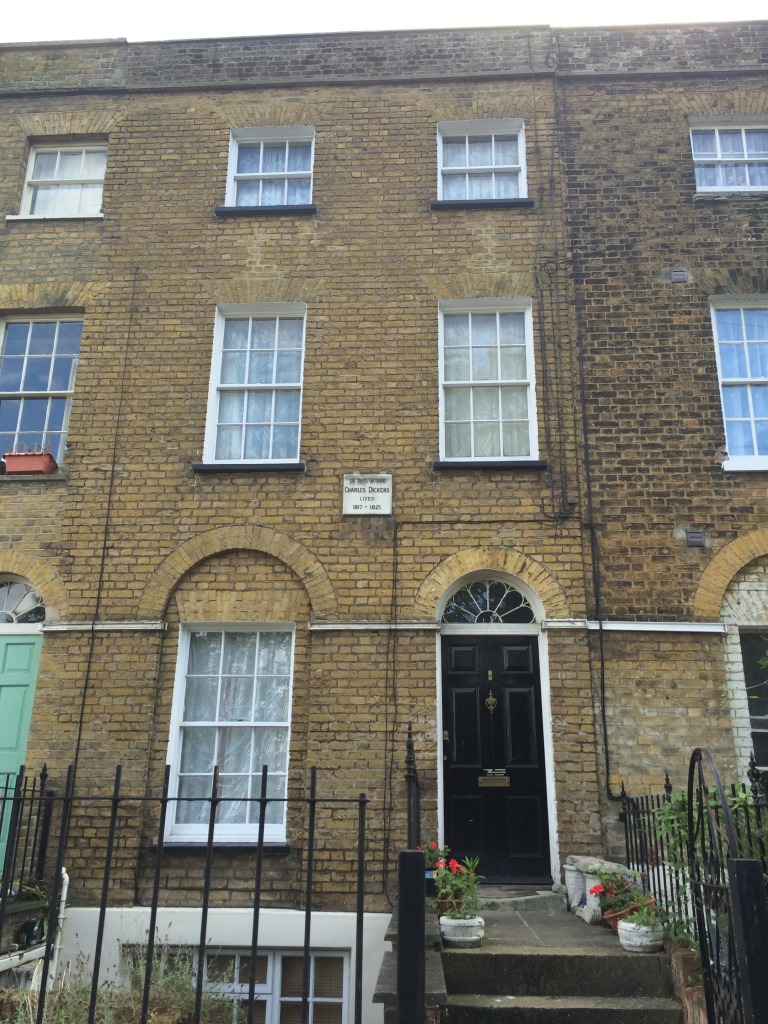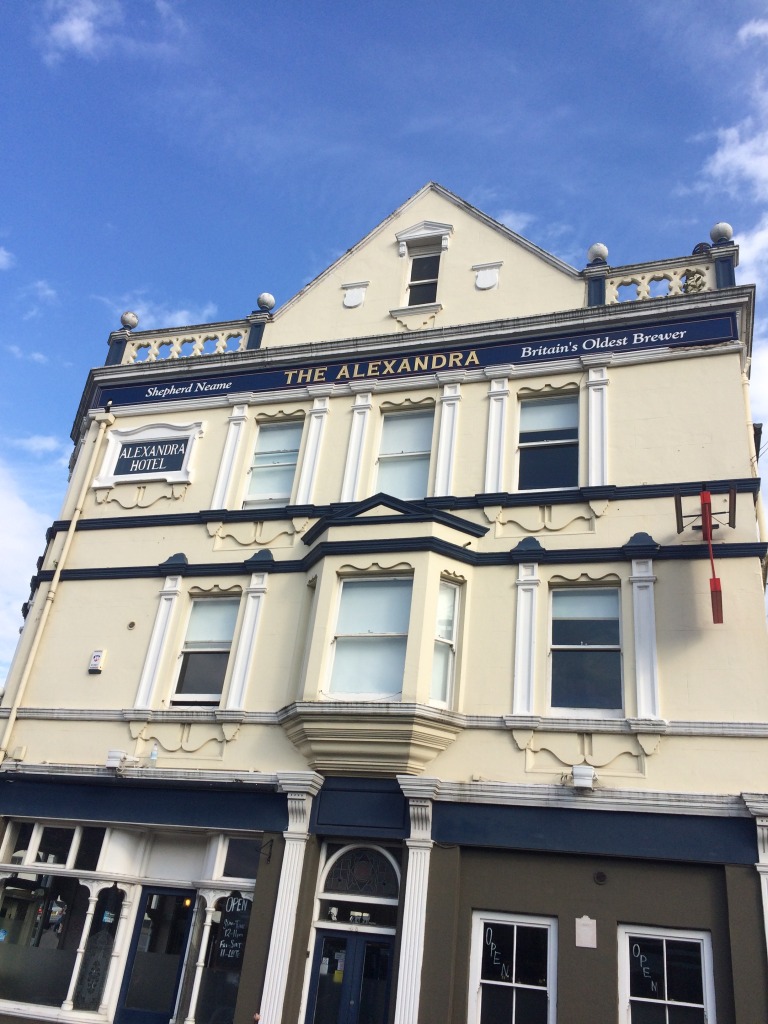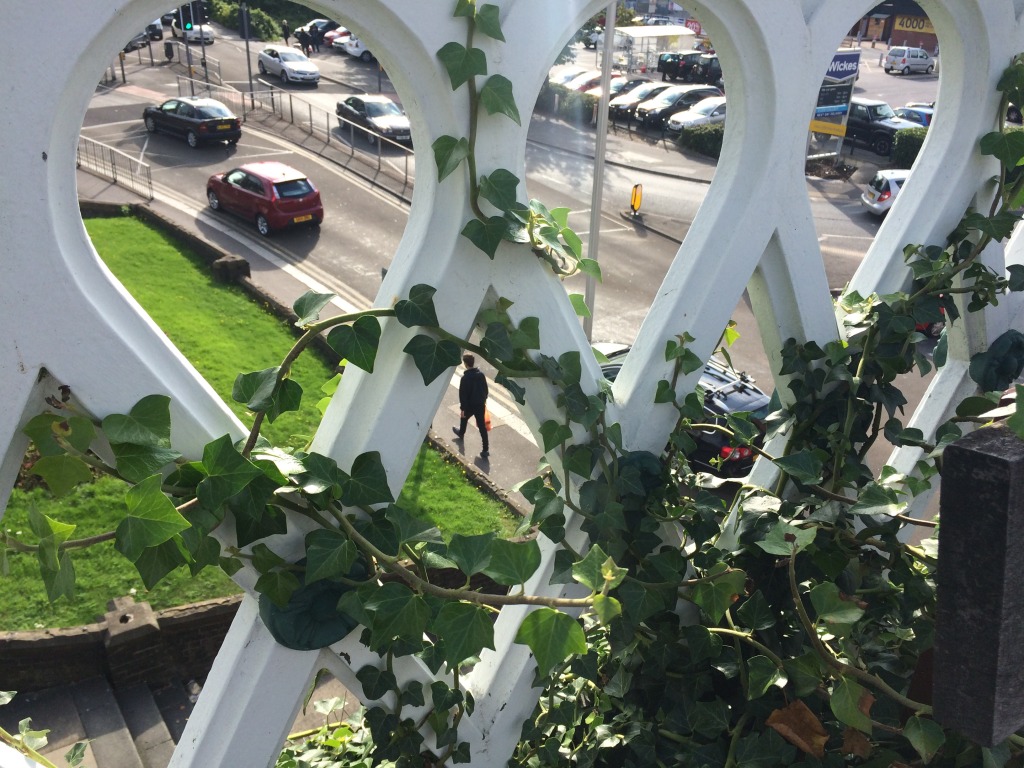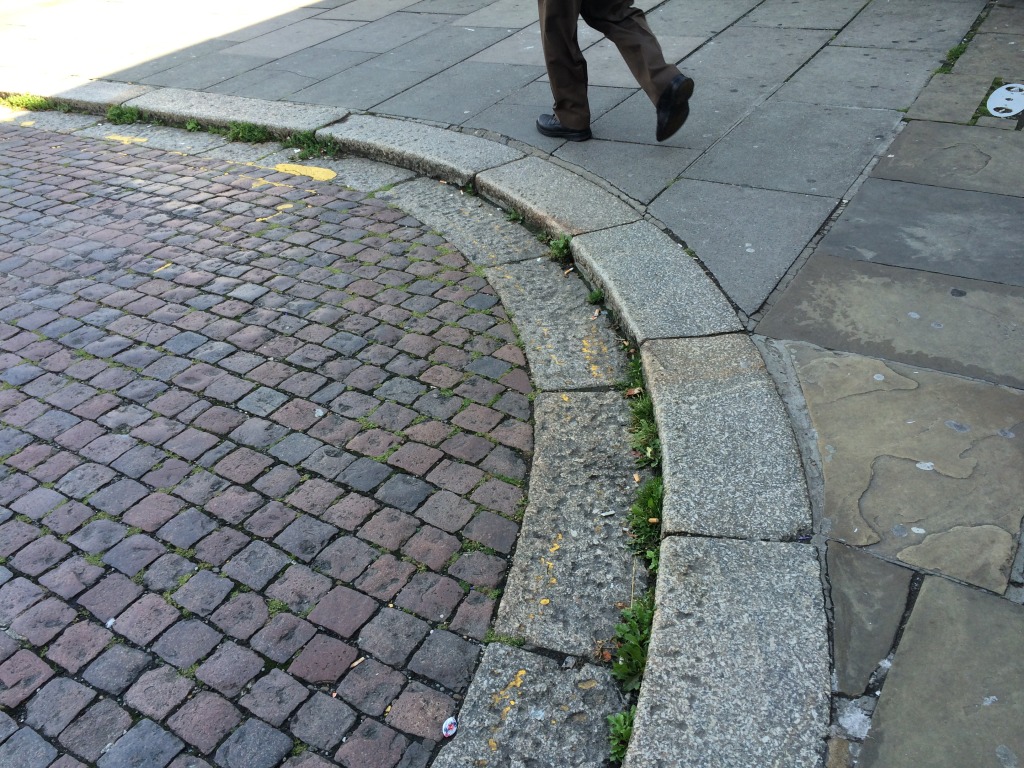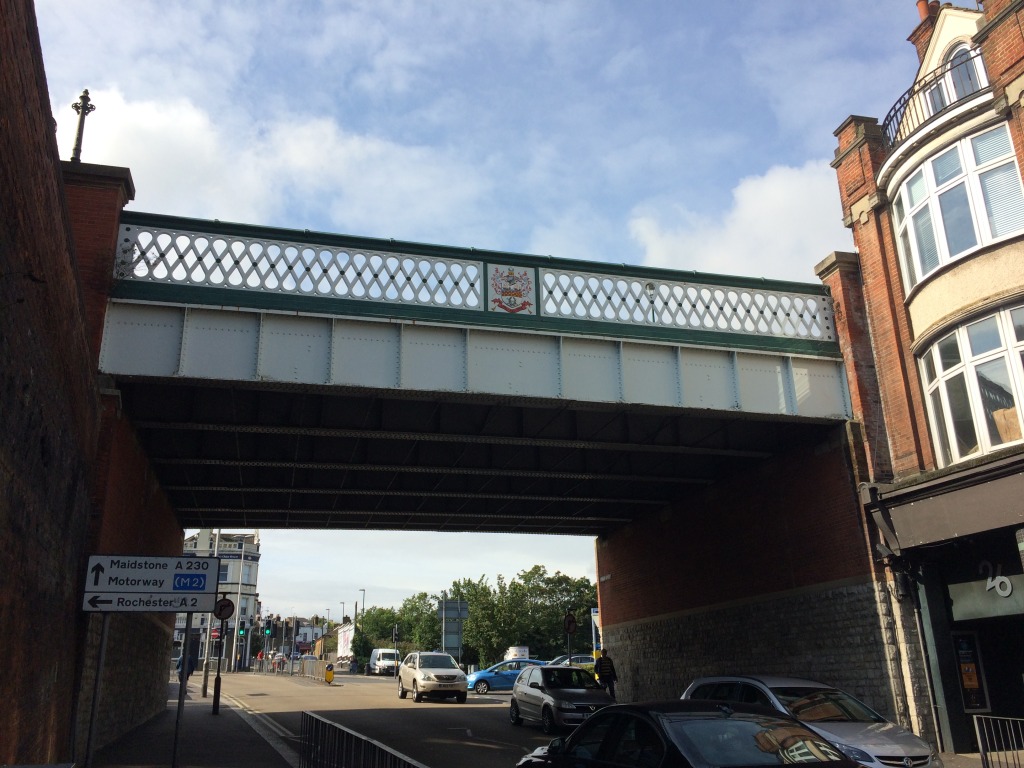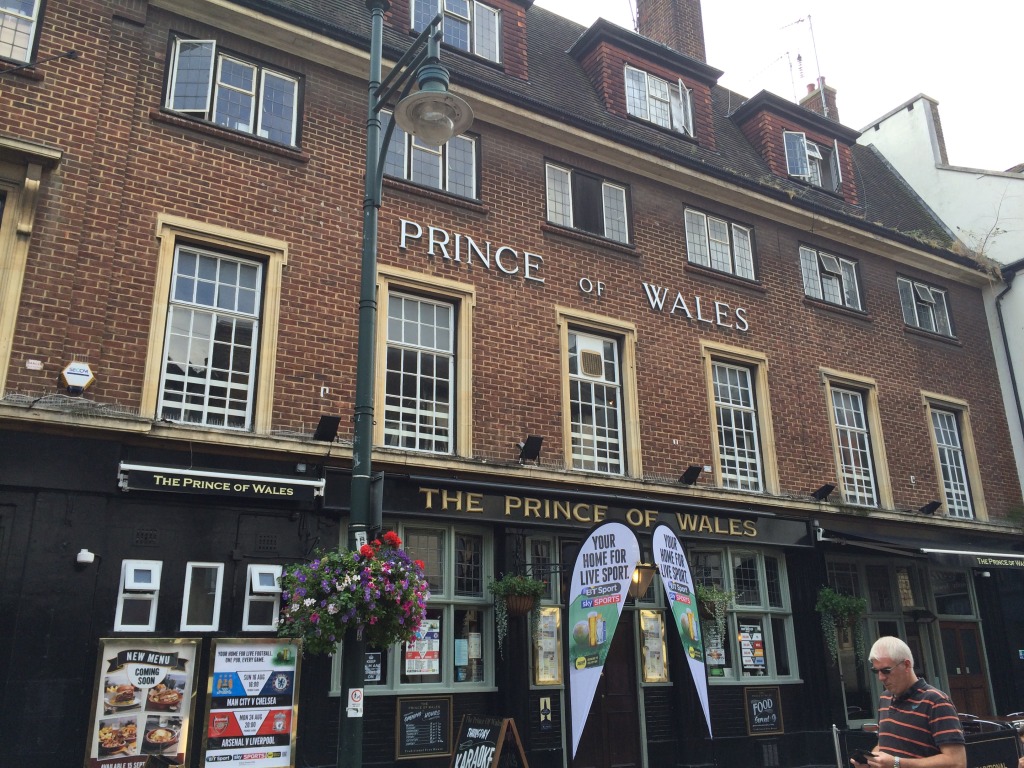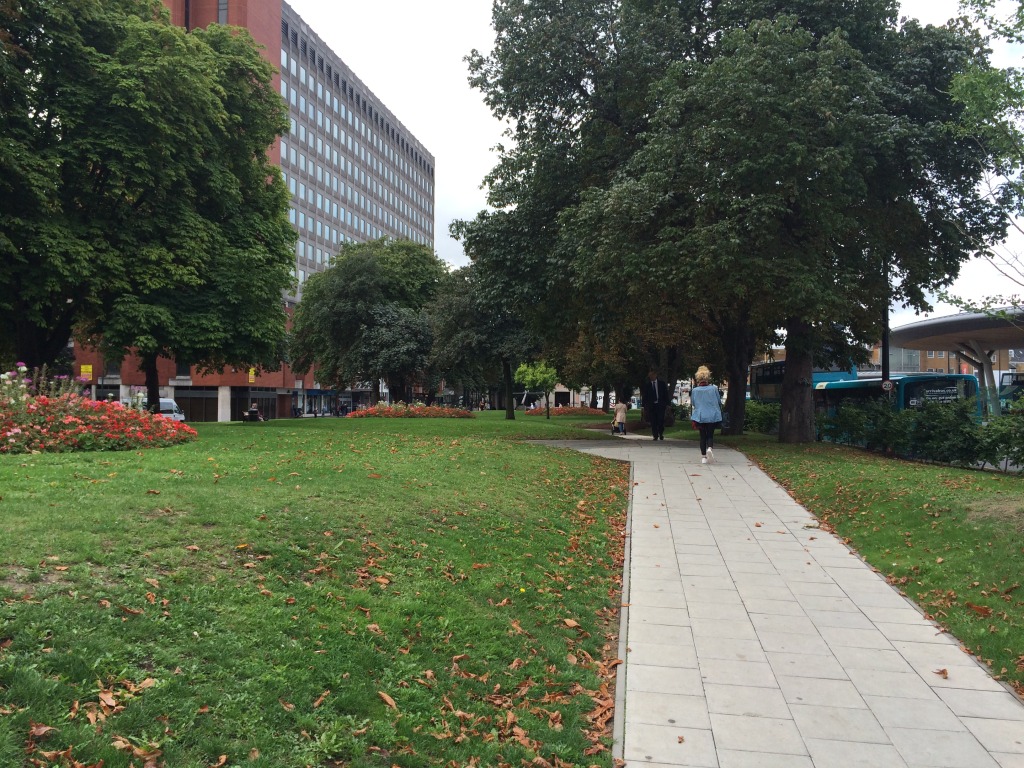‘Mr Gill showed me a very fine model of their barge Centaur, a 50-tonner built by Messrs. Gill & Son, specially for the 1899 Medway barge Race, in the astonishing time of 6 weeks.”


In his wonderfully evocative book ‘Spritsail Barges of Thames and Medway’, published in 1948, Edgar J March paints a highly detailed picture of Barge activity and life on the Medway. Many of these Barges started life in the boatyards of Rochester.
“Staunch and well built though a barge may be, each year sees a toll taken. Some yield at last to the cold embrace of the sea, whose caresses they have so long resisted, others steal quietly up some lonely creek to nose gently into the malodorous mud and settle down into their last berth, gradually to moulder away, forgotten by all save their one time masters, and perhaps, some sentimental fool like myself, who will gaze down on their rotting timbers and imagination see spars clothed with red-brown sails and hulls vibrant with life as they thrash there way round the Foreland.”
Describing the excitement and thrill of the Medway Barge Races – “The course was from Hoo Marshes to the West Oaze Buoy and back to the Sun Pier at Chatham, a distance of about thirty five miles…A strong easterly wind was blowing, and in Long Reach Verona’s bowsprit snapped off short, but the crew cleared away the wreckage and setting a jib topsail as a staysail, carried on to come sixth in their class.” Edgar J March.

Referencing a painting by T.B. Hardy, 1874, Edgar March goes on to describe the Medway as, “When this picture was painted, marine artists had little need to look for subjects. The Medway was alive with sailing craft : dainty little topsail schooners, picturesque collier brigs with apple bows and dingy canvas, barques from Scandinavia, bringing pine-scented timber from the Baltic to Rochester, and above all, barges innumerable, threading their way through the maze of traffic. One hundred a tide was no uncommon sight, and what a joy to a sail-lover that galaxy of russet, brown and ochre canvas must have been, many with various devices emblazoned on their mainsails – Lees’ stumpies had the white horse of Kent rampant on ebony coloured sails – all either hurrying down on the ebb or beating up against wind and tide. Now gone forever.”

…and “In those far-off days, watermen, or “goozers”, to use their riverside nick-name, plied their trade in skiffs”. Edgar J March

William Higham was born in 1838 in Lewes Sussex. On 27/10/1864 he married Fanny Elizabeth Blake in Strood, nr, Rochester. By 1881 they had 9 children.
William was a Barge Builder and they lived in a private house on Victoria Street, Rochester. The location of his Yard is show on the OS map of 1898 on Blue Boar Hard, just above the Pier. ADA & EDITH is just one of many barges built here between 1876 and 1901.
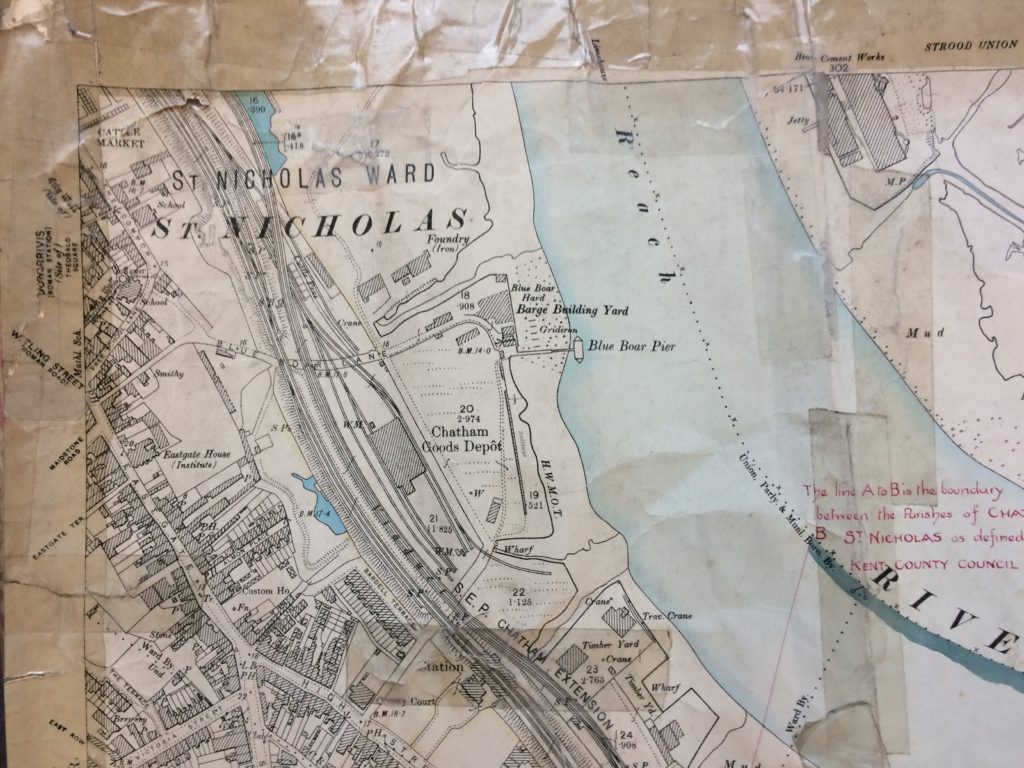
PROVIDENCE
FOX HOUND
MAID OF KENT
ANNIE & ALICE
CHARLEY BAKER
HERBERT & HAROLD
ADA & EDITH
ANSWERS
SILVER WEDDING
MABEL MAUD
VENTURA
FIVE BROTHERS
DOROTHY

‘WALRUS’ & ‘NELLIE’ were two portable conveyors owned by William Cory & Son, Coal Factors, at Cory’s Wharf, used for transporting stone aggregates from Barge to Train. These aggregates were known as Fines, Nuts & Cobbles.

“It has been my privilege to go over and see the marvellous machinery for loading and unloading coal. The five large cranes, when seen at work bowing their stately heads, look like dancers executing a minuet; …when in repose, standing like so many soldiers on sentry duty, with fixed bayonets. What a contrast to see the way a collier is unloaded by these cranes, as compared with the old coal whippers’ days! A coal boat seems scarcely to draw alongside the wharf before it is steaming away again”. Edwin Harris Guides to Old Rochester, Pub. 1930 No. 27 Part 1. (Ref: ROC. 942.23 HAR The Riverside. Harris/Edwin. MALSC).


The five cranes were originally positioned along Cory’s Wharf on the far right hand side of the above OS Map of 1932

The earlier OS Map of 1898 records the same site some 30 years previously as Chatham Goods Yard. The site occupied by Cory’s Wharf is immediately below Blue Boar Pier along the HWMOT line.

Dunlin…A Salt Marsh Bird
‘The Medway Estuary is believed to be the most important area in North Kent for wintering wildfowl in numbers of international significance. The Saltmarsh serves as a roosting area for waders at high tide. Several scarce plant species include: golden samphire, perennial glasswort and one-flowered glasswort. The estuary is one of the best places in Britain for the study of glassworts. The grazing marsh has breeding and wintering birds of interest; the former include lapwing, redshank, pochard, mallard and gadwall, while in winter large flocks of may wildfowl and wader species are present.‘
Ref: Environmental Stresses and Resource Use in Coastal Urban and Peri Urban Regions. DPSIR Approach to SECOA’s 17 Case Studies.

